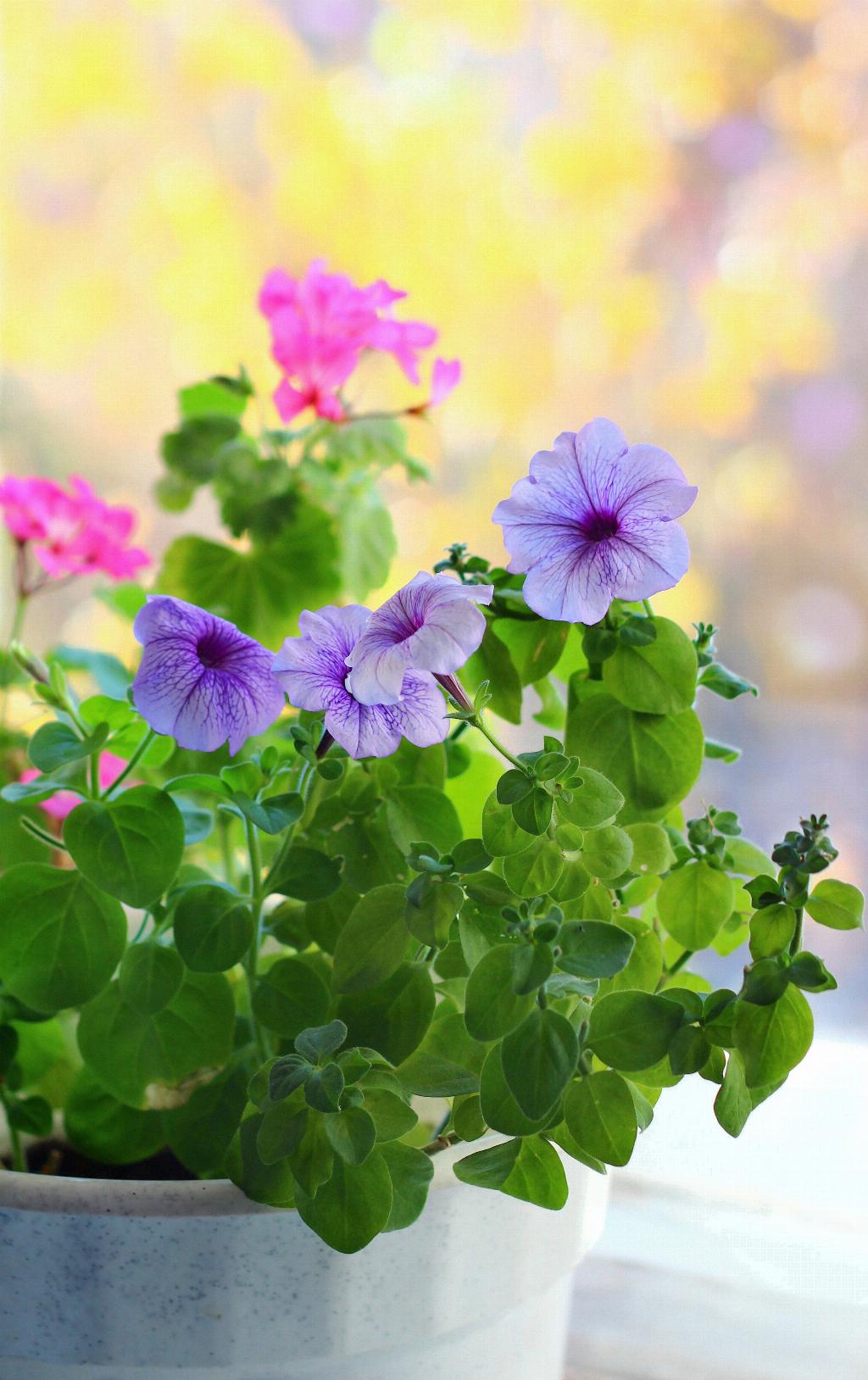When it comes to growing petunias in pots, selecting the right container is crucial. Opt for a pot that is at least 12 inches in diameter to allow ample room for the roots to spread and promote healthy growth. Additionally, ensure the pot has drainage holes to prevent waterlogging.
Step 2: Preparing the Soil
Use a well-draining potting mix with a balanced blend of nutrients to support the growth of your petunias. You can also add some organic matter like compost to enrich the soil and promote better drainage and aeration.
Step 3: Planting Your Petunias
Gently remove the petunia plant from its nursery container, being careful not to damage the roots. Detangle the root ball and spread out the roots in the prepared soil. Hold the plant in place and add soil around the roots until they are fully covered.
Step 4: Watering and Sunlight
After planting, water your petunias thoroughly to help them settle into their new environment. Ensure the soil remains consistently moist but not waterlogged. Place the pot in a spot that receives ample sunlight, ideally 6 to 8 hours of sunlight per day.
Step 5: Pruning and Deadheading
Regularly deadhead faded flowers to encourage continuous blooming and prevent the plant from going to seed. Additionally, trim back leggy growth to promote bushier growth and enhance the overall appearance of your petunia plant.
Step 6: Fertilizing
Feed your petunias with a balanced fertilizer every 2-3 weeks during the growing season to ensure they receive an adequate supply of nutrients for healthy growth and abundant blooming. Follow the manufacturer’s instructions for proper application.
Step 7: Providing Support
If you are growing trailing or vining petunias, consider providing them with support structures such as trellises or stakes to help them climb and create a stunning display in your pot.
Step 8: Monitoring for Pests and Diseases
Keep an eye out for common pests such as aphids, caterpillars, and whiteflies that may affect your petunias. If any issues arise, address them promptly with appropriate control methods to prevent them from spreading.
Step 9: Dealing with Weather Conditions
During extreme weather conditions, such as heatwaves or heavy rains, take appropriate measures to protect your petunias. Move the pot to a more sheltered location or provide shade to prevent stress on the plants.
Step 10: Overwintering
If you live in a colder climate, consider overwintering your petunias indoors to protect them from frost and freezing temperatures. Prune back the plants and provide them with adequate light and humidity during the winter months.
Step 11: Enjoying Your Petunias
Once your petunias are established and blooming, take the time to appreciate their beauty and fragrance. Arrange your pots strategically to create a visually appealing display that will brighten up your outdoor space.

Step 12: Troubleshooting Common Issues
If you encounter any challenges while growing petunias in pots, such as wilting, yellowing leaves, or stunted growth, diagnose the problem promptly. Adjust your care routine as needed to address the issue and ensure the health and vitality of your petunia plants.
